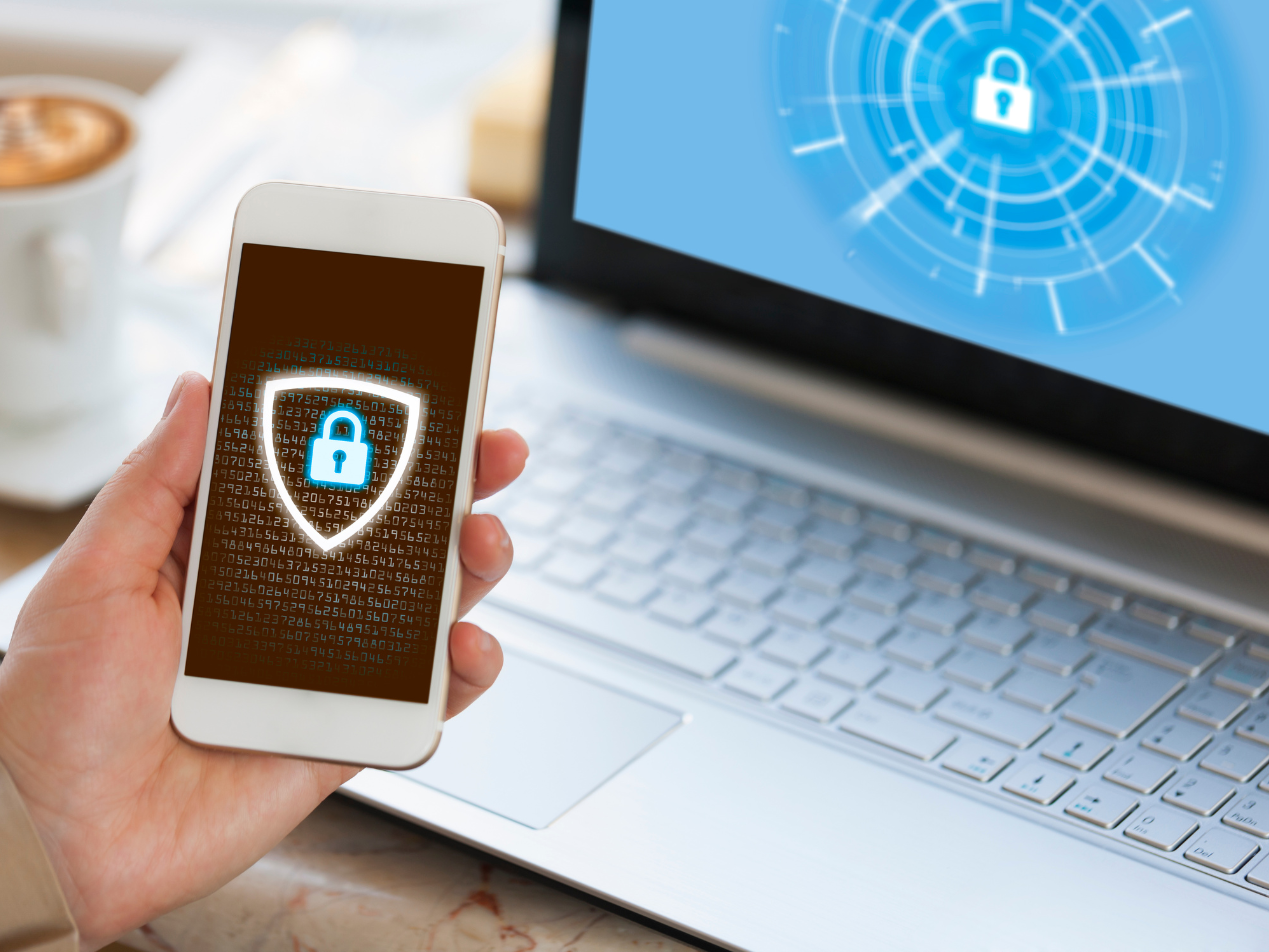2 min read
Enhancing HIPAA compliance with multi-factor authentication
Liyanda Tembani
August 09, 2024

Multi-factor authentication (MFA) is a security method involving two or more authentication steps (e.g., password and fingerprint) to access data.
MFA strengthens HIPAA compliance by enhancing data security, controlling access to patient information, and maintaining accurate audit trails, safeguarding sensitive health data from unauthorized access and breaches.
The role of MFA in healthcare security
Multi-factor authentication, or MFA, involves two or more authentication methods to verify the identity of a user. HealthTech notes that "As data breaches in healthcare persist, multifactor authentication could help close the gaps in security, shoring up defenses and preventing breaches, alongside other cybersecurity best practices.". Instead of relying solely on a password, MFA requires additional forms of verification, making it significantly more challenging for unauthorized individuals to access sensitive information.
The three typical factors used in MFA are:
- Something you know: Typically, this is a password or a personal identification number (PIN). This is the first line of defense, but passwords can be vulnerable to theft, hacking, or phishing attacks.
- Something you have: This factor usually involves a physical token or device, such as a smartphone, smart card, or hardware token. The user possesses this item, adding an extra layer of security. For example, you might receive a one-time code on your smartphone through a dedicated app.
- Something you are: This refers to biometric data, such as fingerprints, facial recognition, or retinal scans. Biometrics are unique to each individual and are difficult to fake.
Related: What's the difference between 2FA and MFA?
HIPAA compliance requirements
HIPAA outlines requirements related to data security, including:
- Access control: Ensure that only authorized individuals can access patient information.
- Data encryption: Encrypt data in transit and at rest to protect it from unauthorized access, ensuring the confidentiality and integrity of patient records.
- Audit trails: Maintain accurate logs of who accesses patient data, when, and why, facilitating monitoring and compliance checks.
- Risk management: Implement a comprehensive risk management strategy to identify and mitigate potential threats to patient data.
MFA implementation for HIPAA compliance
- Enhanced data security: MFA adds an extra layer of protection, making it challenging for attackers to gain unauthorized access to PHI.
- User authentication: MFA verifies the identity of users, ensuring that only authorized personnel can access patient data.
- Access control: MFA is integral to role-based access control, limiting who can view or modify patient records.
- Audit trail: MFA enhances the accuracy of audit logs, reflecting genuine user activity and aiding in compliance.
- Encryption and secure communication: MFA can be part of a broader security strategy that includes data encryption and HIPAA compliant email, ensuring patient data is securely transmitted and stored.
- Loss or theft of devices: Even if devices containing patient data are lost or stolen, MFA acts as a safeguard, requiring the second factor for access.
- Remote access: Healthcare professionals often need remote access to patient data, especially when providing telehealth services. MFA secures these connections, reducing risks associated with remote access.
- Compliance with the Security Rule: HIPAA's Security Rule mandates the implementation of security measures, and MFA is recommended as a component of this strategy.
- Continuous compliance: MFA is part of an ongoing security strategy that can adapt to evolving threats and regulations, ensuring compliance with HIPAA.
FAQs
How does MFA protect against phishing attacks?
MFA adds an additional layer of security, making it much harder for attackers to gain access to sensitive information, even if they have stolen a user's password through phishing.
Can MFA be used with single sign-on (SSO) systems in healthcare?
Yes, MFA can be integrated with SSO systems to provide seamless access while maintaining high security for healthcare professionals accessing multiple applications.
Related: Is single sign-on HIPAA compliant?
How often should healthcare organizations review their MFA policies?
Healthcare organizations should review their MFA policies at least annually or whenever there are significant changes in technology or HIPAA regulations to ensure ongoing compliance and effectiveness.
Subscribe to Paubox Weekly
Every Friday we'll bring you the most important news from Paubox. Our aim is to make you smarter, faster.




